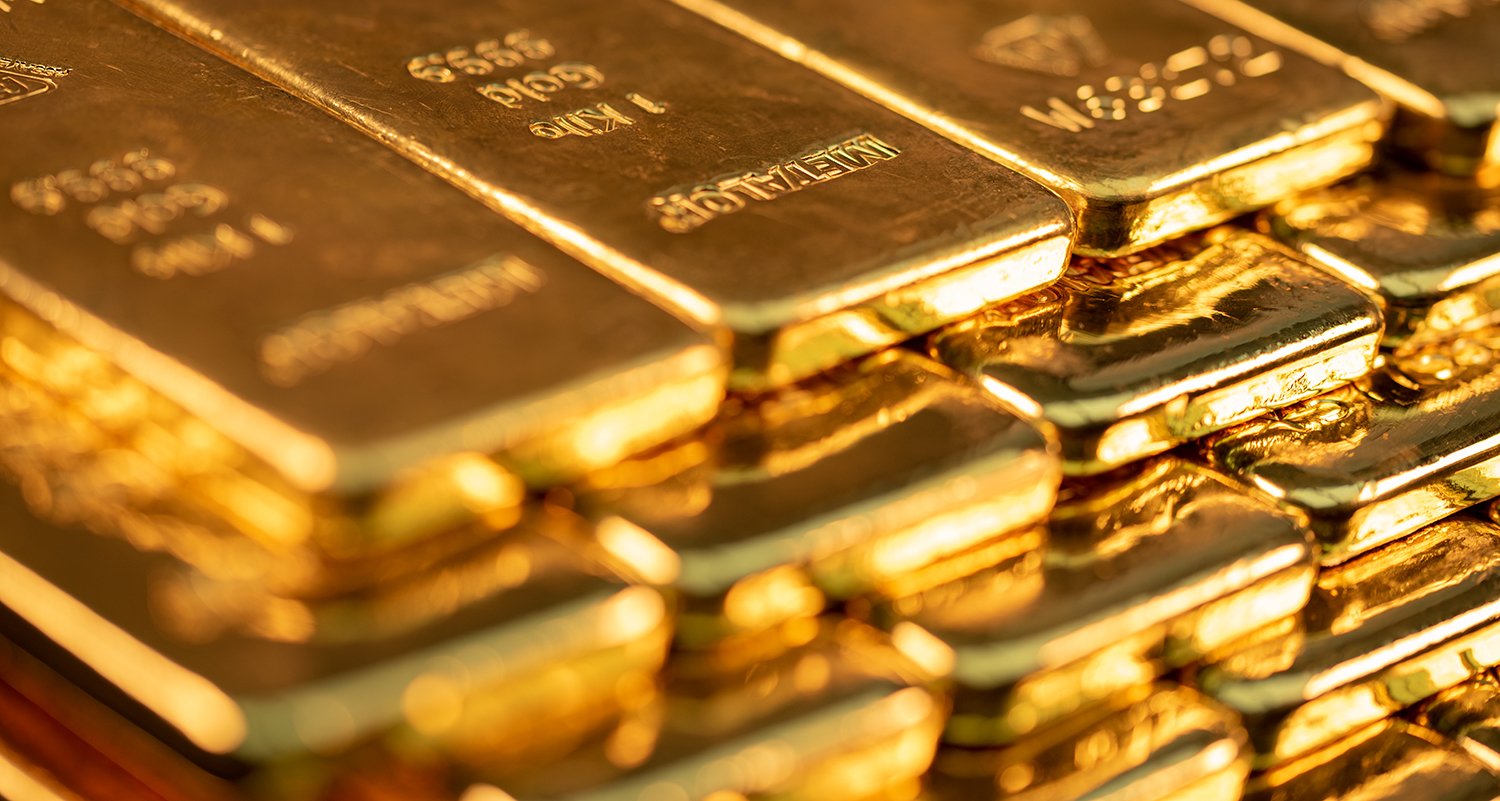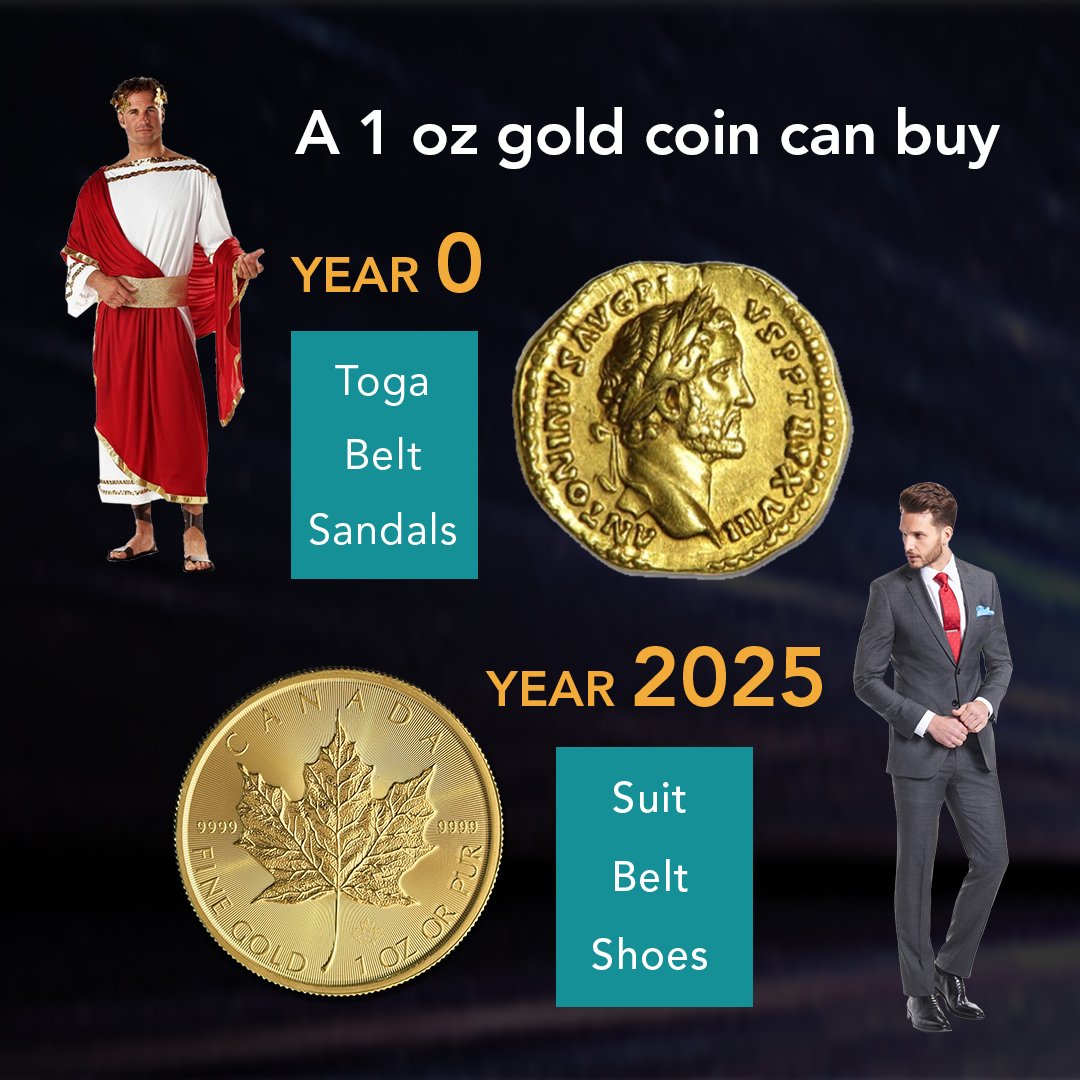Since the United States abandoned the gold standard in 1971, the US dollar has lost 87% of its purchasing power. The US dollar decline highlights the basic value proposition for physical precious metals as a store with value and cover against currency -down basing.
Nixon -Chok and its lasting influence
On August 15, 1971, President Richard Nixon announced that the United States would no longer convert dollars to gold to a fixed value, which effectively ends the Bretton Woods system.
This significant decision, “Nixon Shock,” basically transformed the global monetary system.
Before this decision, the US dollar, supported by gold, had maintained relatively stable purchasing power for decades. Gold standard disciplined monetary policy by requiring currency to be backed by physical gold reserves.

Without this, the central banks got an unprecedented ability to expand the money supply.
The consequences of undisturbed currency
The results of this political shift have been dramatic:
- In 1971, the average price for a new home in the US was about $ 25,200. As of March 2025, this figure had surpassed $ 500,000.
- In 1971, a gallon of gasoline cost about 36 cents. Today, on average, Americans pay over $ 3.80 per day. Gallon.
- The average family car that cost $ 3,000 in 1971 would now cost well over $ 55,000.
These price increases are not only the result of natural economic growth or improved quality – they basically reflect the erosion of the dollar’s purchasing power through persistent inflation.
The federal government and the Federal Reserve have dramatically expanded the amount of money, especially under financial stress. Money printing reached unprecedented level below the Covid-19 pandemic, where the M2-money volume grew by almost 40% in just two years.

Even more about the Federal Reserve’s balance being expanded over $ 8 trillion from the beginning of 2025 and maintaining historically high levels despite trials of quantitative tightening.
Each newly created dollar extends the value of each dollar already in circulation that acts as a hidden tax on savors and those with fixed incomes.
Gold and Silver: Conservation of Purchase Power

While Fiat currency like the US dollar has consistently lost value, physical precious metals have maintained their purchasing power over millennia:
- An ounce of gold that bought a fine men’s suit in ancient Rome would still buy one today.
- Silver has similarly retained wealth throughout human history and maintained its value, while countless paper currencies have failed.
The gold performance since 1971 has been particularly narrative. When Nixon closed the gold window, gold traded for $ 35 per day. Ounce.
Today, from March 2025, it trades over $ 2,850 per day. Ounce, which reaches several high times in recent months-a clear reflection of the dollar’s declining value rather than gold “go up” in any absolute sense.
Gold gold: the ultimate inflation screen in the midst of rising customs and global economic uncertainty

Today’s macroeconomic landscape is increasingly dominated by rising protectionist policies, especially the propelled by the other Trump administration’s significant new tariffs on Chinese imports and potential trade barriers with other economic partners. While these tariffs are aiming to shield domestic industries, they also generate inflation pressure in supply chains and escalate input costs for producers.
In a climate of increased financial uncertainty and potential currency fluctuations, investment in gold gold stands out as a very careful choice. Physical gold acts as a traditional protection against inflation and currency depreciation, which offers significant protection, especially when global merchant stresses threaten economic stability.
As central banks continuously expand their balance and the sovereign debt when unprecedented level, Gold’s inherent value and its characteristic position outside the financial system make it an important element of any investment portfolio aimed at maintaining wealth.
Unlike currencies that risk down -based due to unpredictable monetary policies, gold consistently retains its purchasing power through various economic cycles and geopolitical upheavals. This precious metal offers investors a tangible, portable store with value that has proved resistant to centuries of economic turbulence.
Invest in your future – Embrace stability and safety that only gold can only offer in these uncertain times.
Bullionstar: Your Partner in Wealth Conservation
In an era of unprecedented monetary expansion and currency-derogation, physical precious metals offer a time-tested alternative to holding the depreciation of Fiat currency.
Bullionstar provides investors with sure access to investment rate gold, silver, platinum and palladium vikles that have retained wealth for thousands of years.

Our storage solutions in Singapore, New Zealand and the US offer additional security through geographical diversification and protect your assets from political risk in single countries.
The path forward
Recent cycles of inflation, growing global debt burdens and rising geopolitical tensions have only strengthened the case for precious metals. The evidence is clear where the US national debt exceeds $ 35 trillion and global central banks actively diversify their reserves with record high gold purchases.
The dollar fall of 87% since 1971 is a sharp reminder that Fiat currencies are not reliable long-term value.
Whether you protect the existing wealth or create an economic inheritance for future generations, physical precious metals offer protection against the continued devaluation of paper currencies.
Visit Bullionstar today to learn how our Premium Bullion products and secure storage solutions can help you maintain your purchasing power in an increasingly uncertain monetary landscape.
